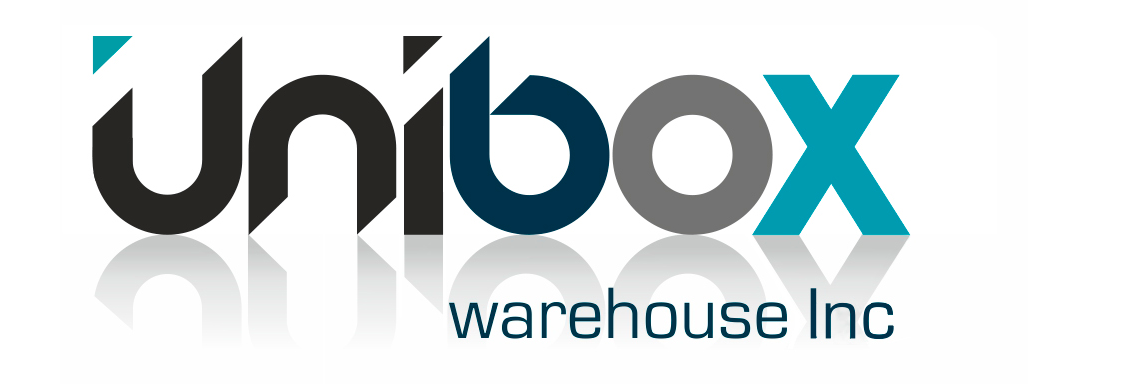Месяц: Ноябрь 2021

The Three Levels of Supply Chain Management
The three levels of supply chain management are strategic, tactical, and operational. These cover all the decisions that are made about the products or services that a company may offer. Every business needs to consider their supply chain operations on these three levels, as it will determine the quality delivered, the timeliness of the delivery, and the cost.
Strategic
Everything starts at the top because that’s where the vision & mission comes from. The choices made at the strategic level lay the groundwork for the rest of the supply chain. Senior management will make decisions about the products/services offered, product improvement or introduction, and the major reason for the existence of the company. It’s important to understand the current market and customers at this first level.
There may also be a need to acquire another company, or sell an existing company. From there, decisions will be made about manufacturing, choosing suppliers, etc. It’s important that these decisions agree with the overall vision of the company.
Tactical
Moving on from the big-picture choices, at the tactical level we see cost, efficiency, and quality come into play. What will be the manufacturing processes of the company? What are the customers demanding and how can we deliver? Do we need to outsource warehousing near ports like Chicago?
This level includes warehousing, transportation, distribution centers, inventory management, and other important logistical decisions. This is where companies like Amazon changed the game because their logistics & reverse logistics processes are seamless, and orders are fulfilled with extreme efficiency.
Operational
This level involves the day-to-day decisions. There is a need to plan for resources & capacity to ensure the business has the inventory necessary to carry on. This level also deals with the minutia of tending to damaged or lost goods, dealing with natural disasters or pandemics, and quality control. The decisions made at this level should be done in accordance with the strategic and tactical decisions that have been made.


